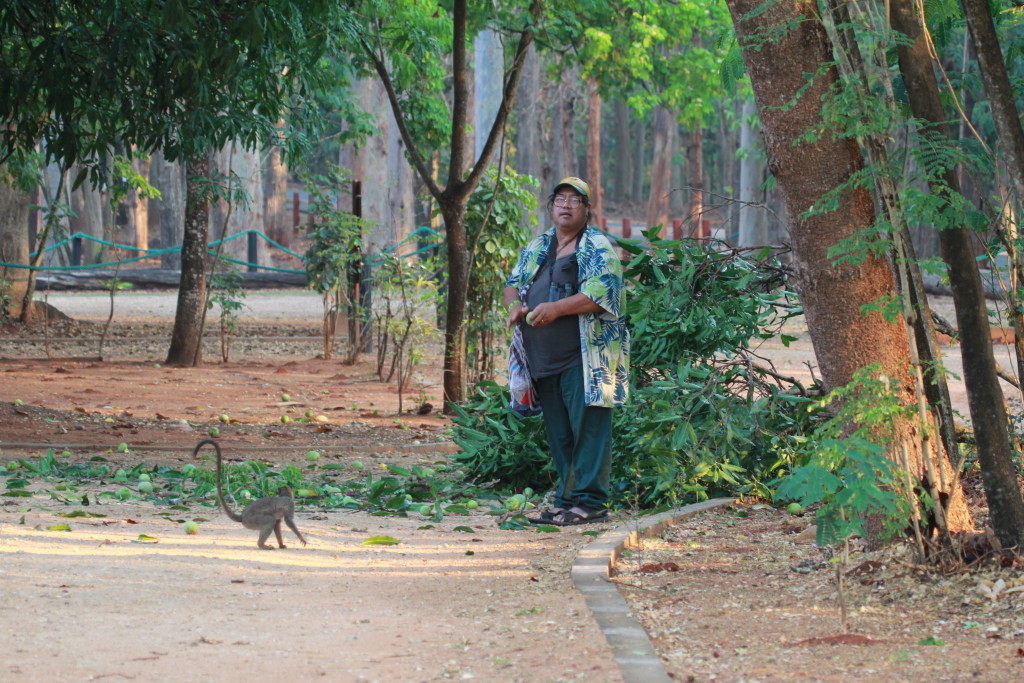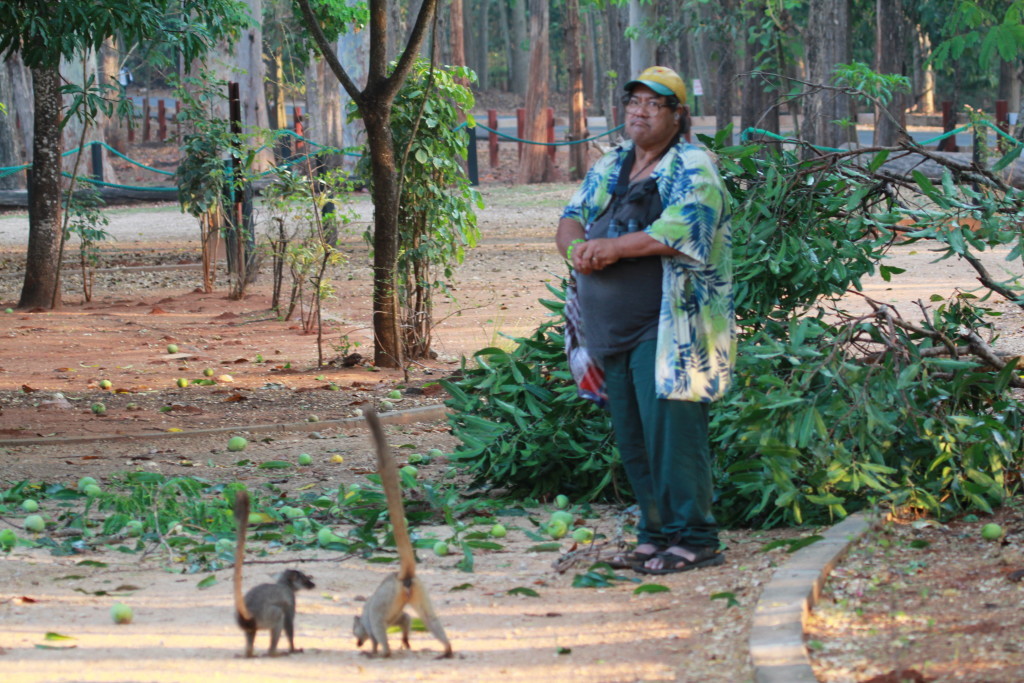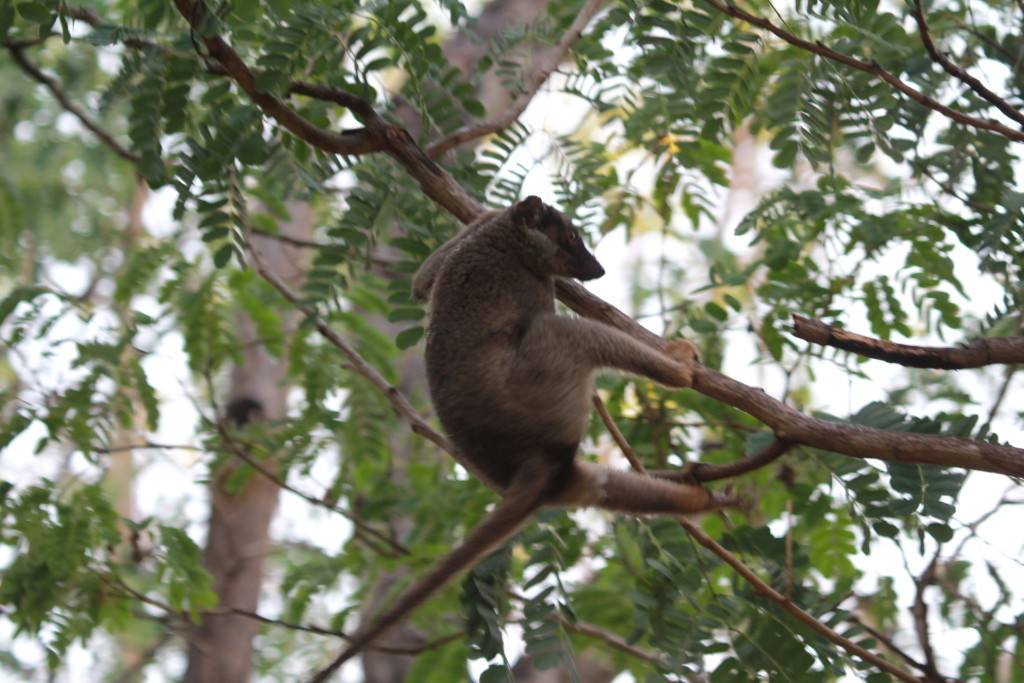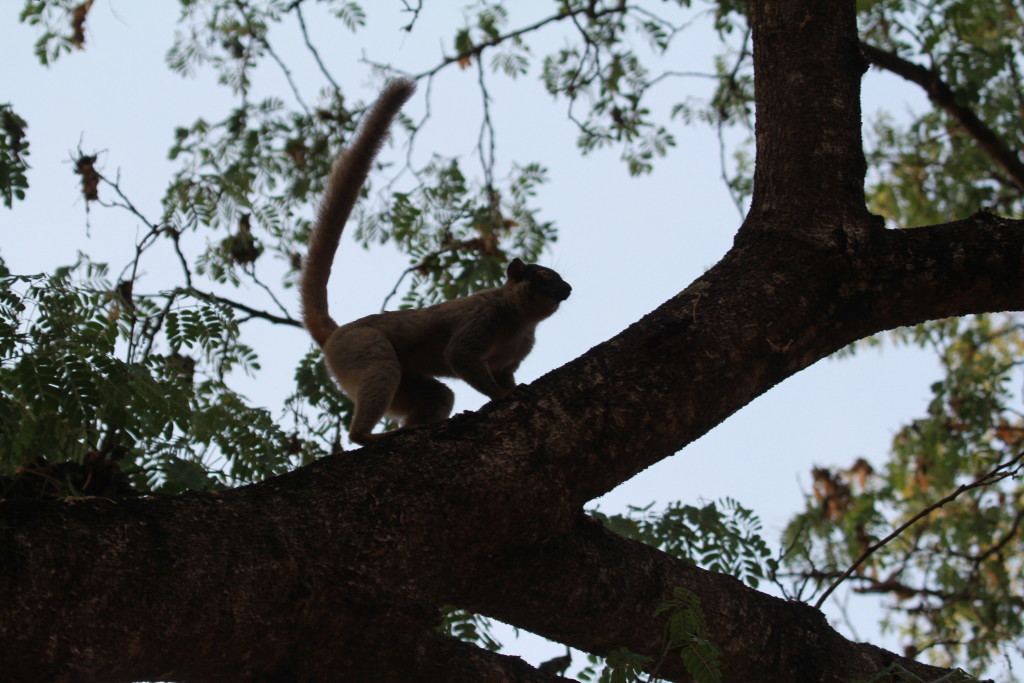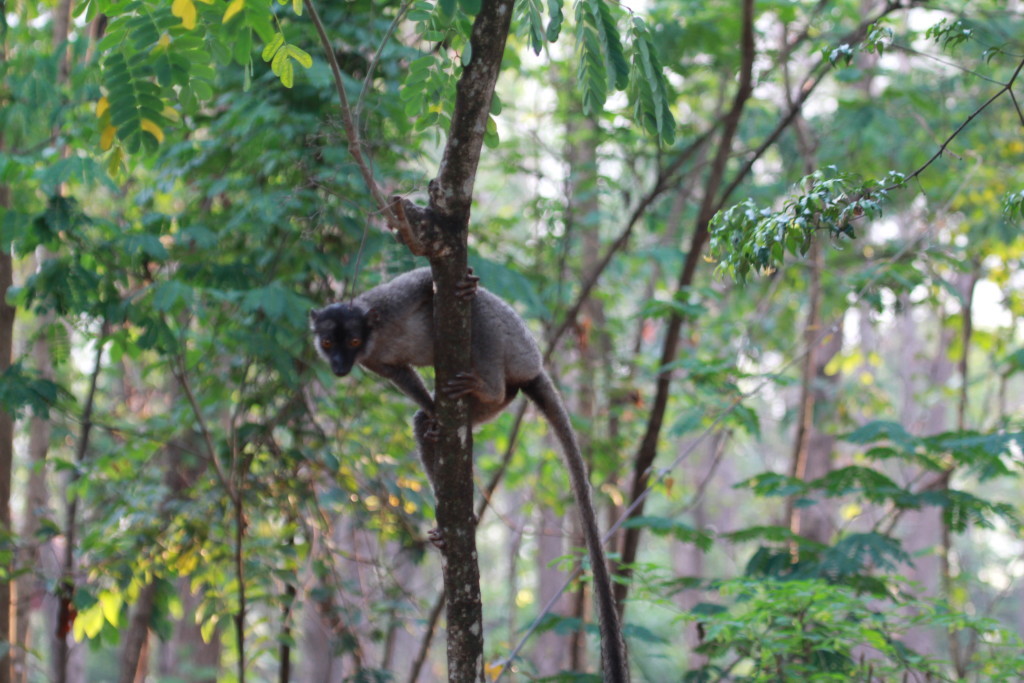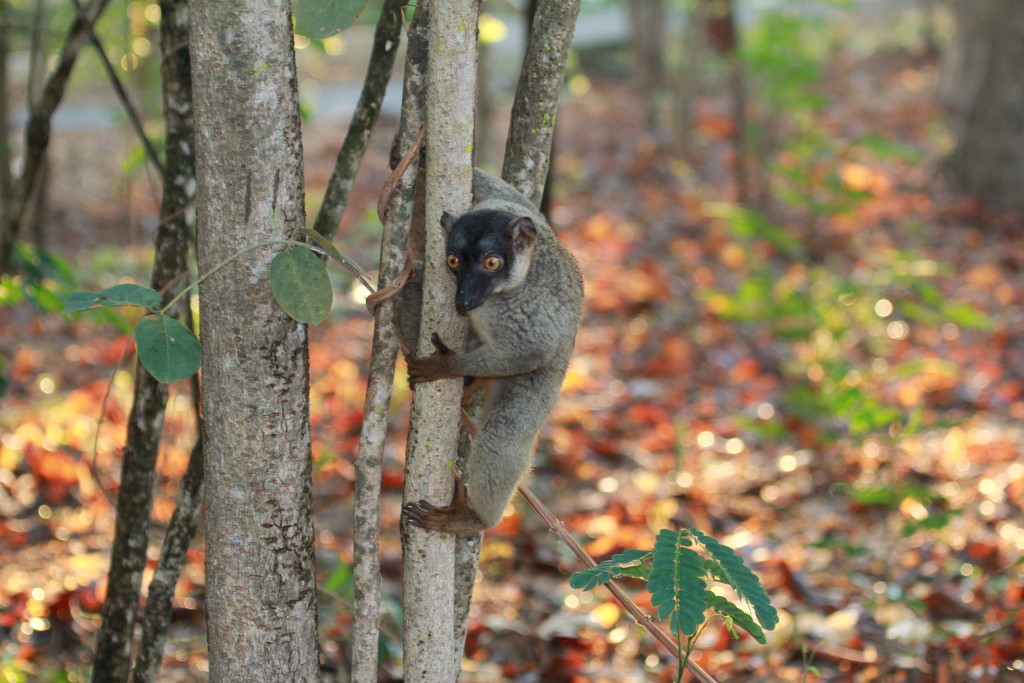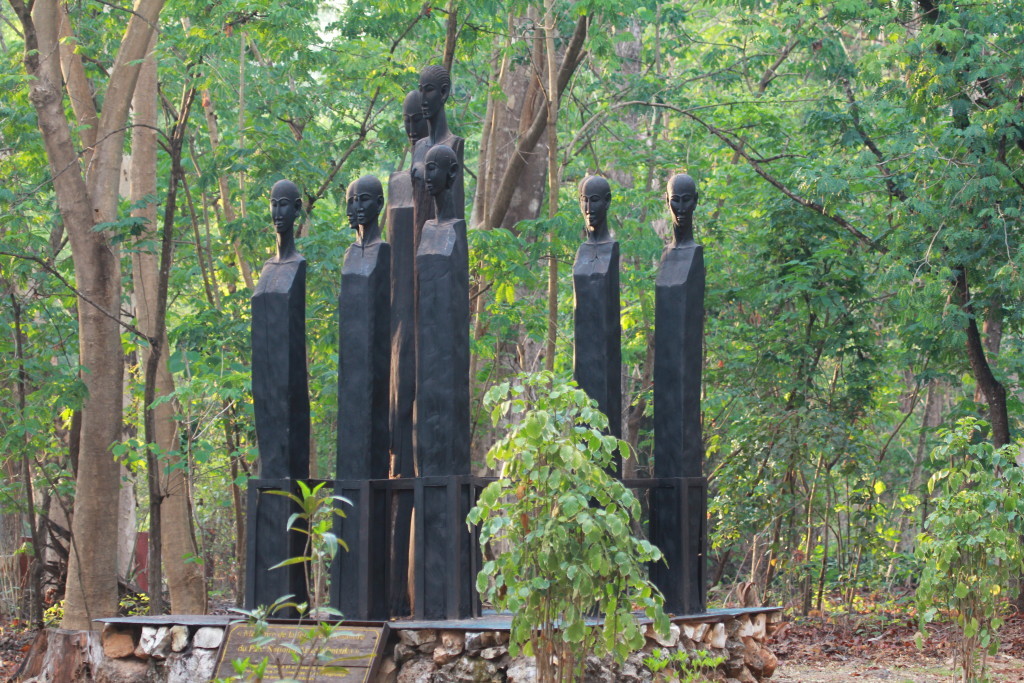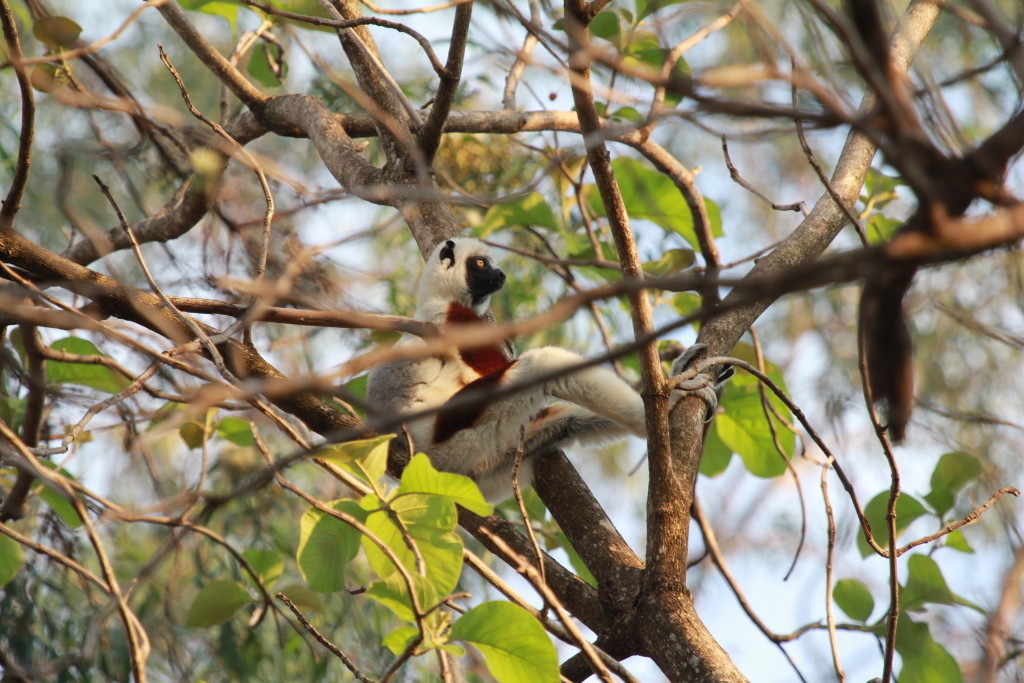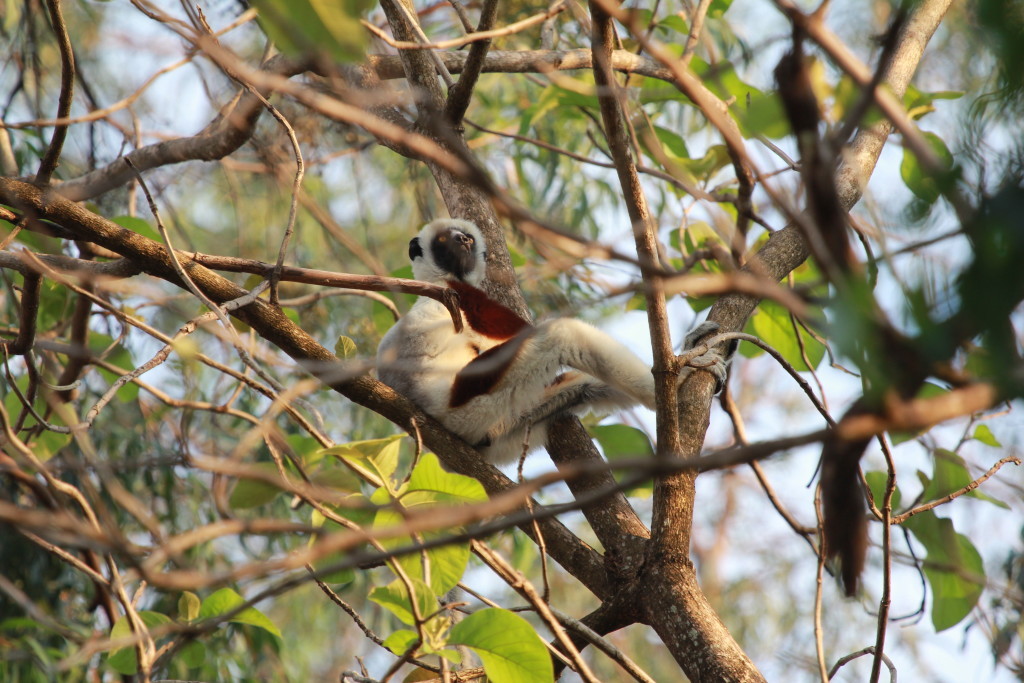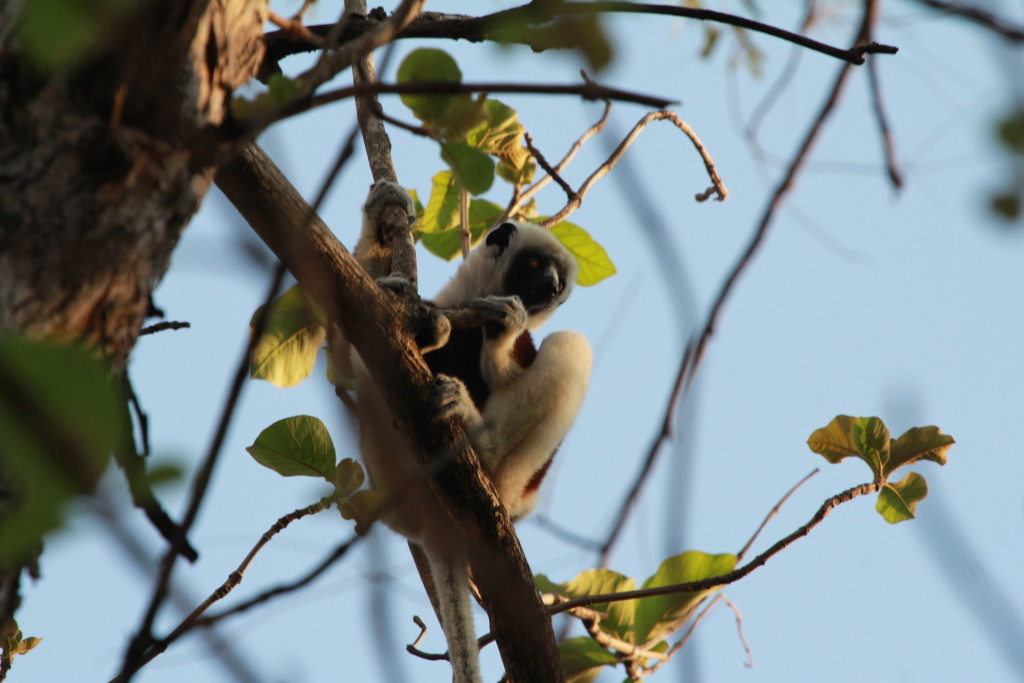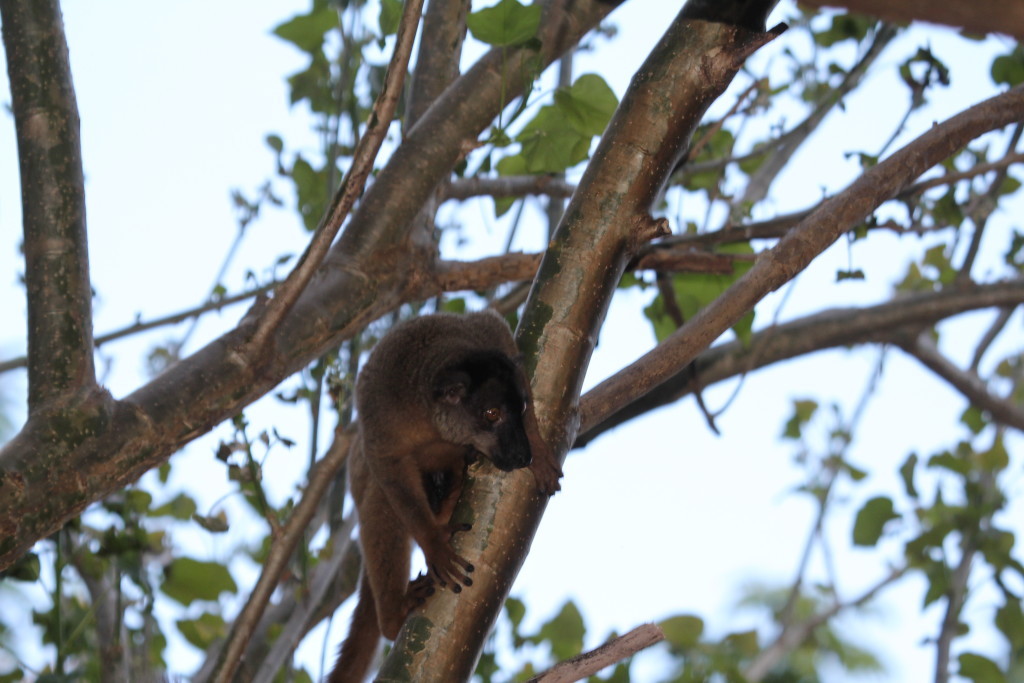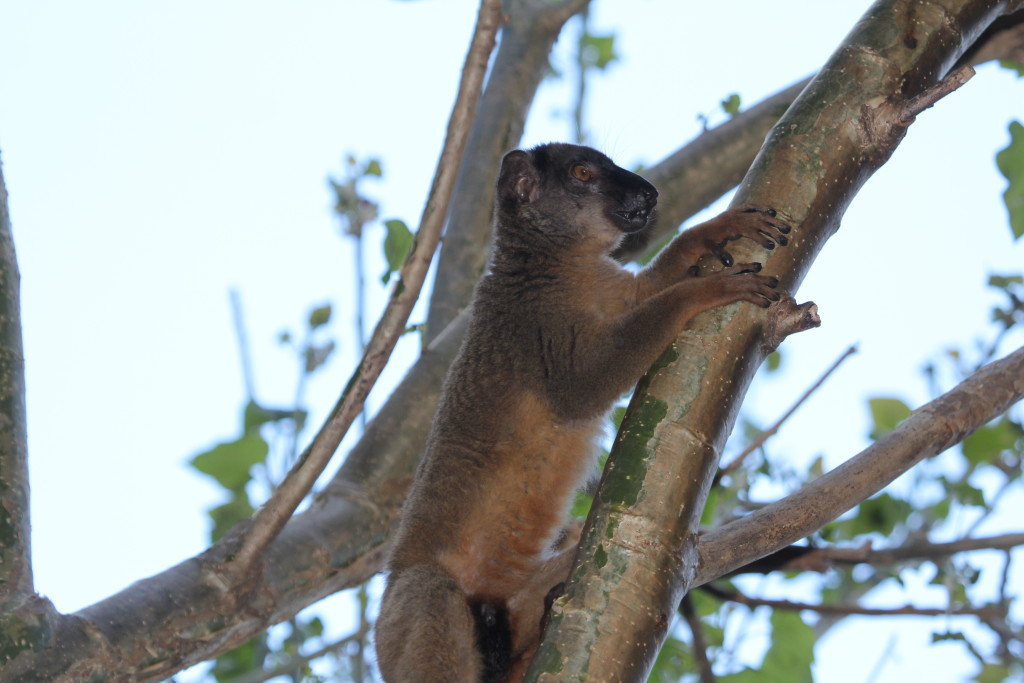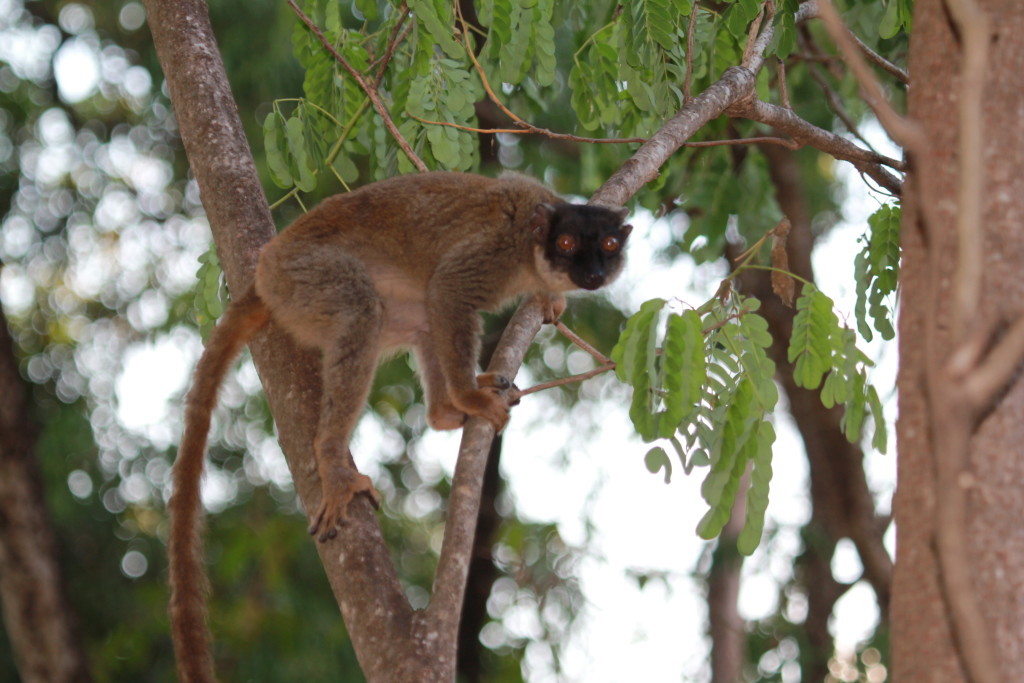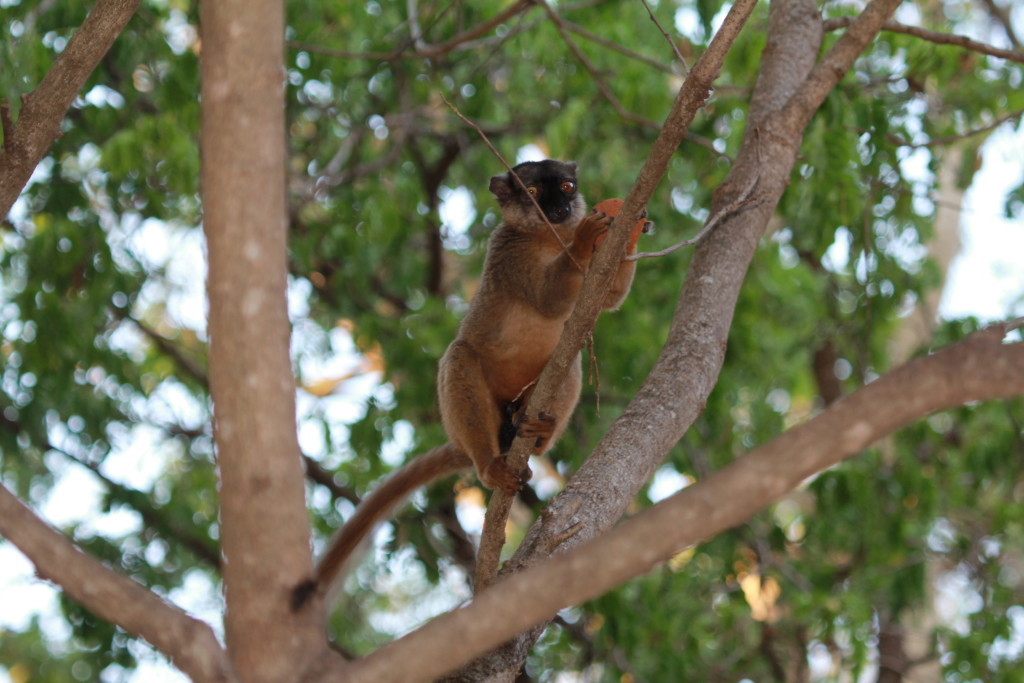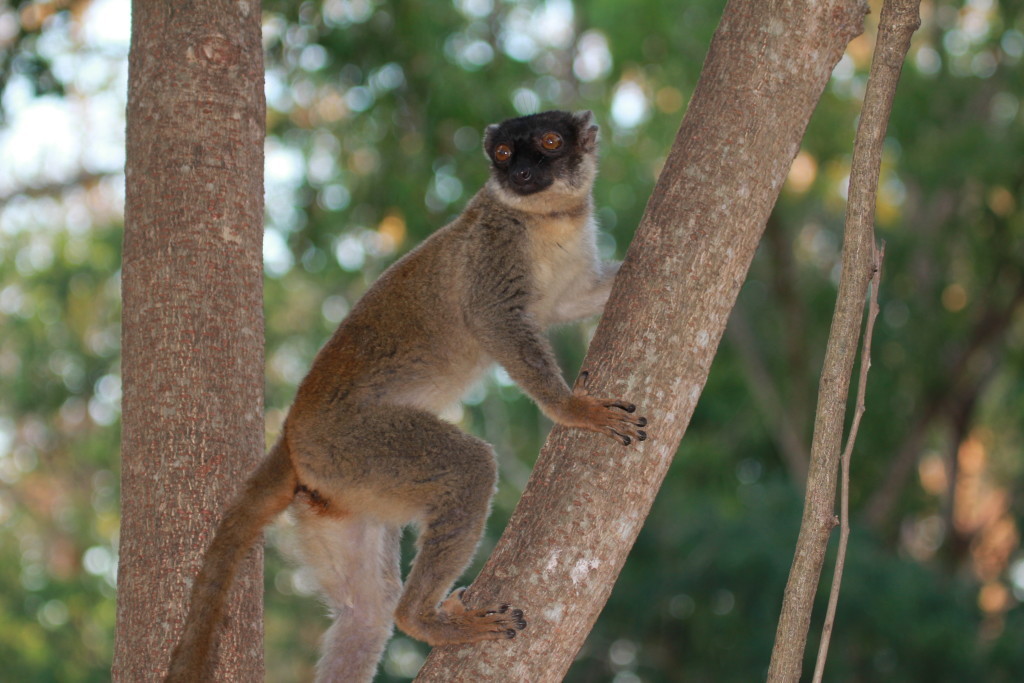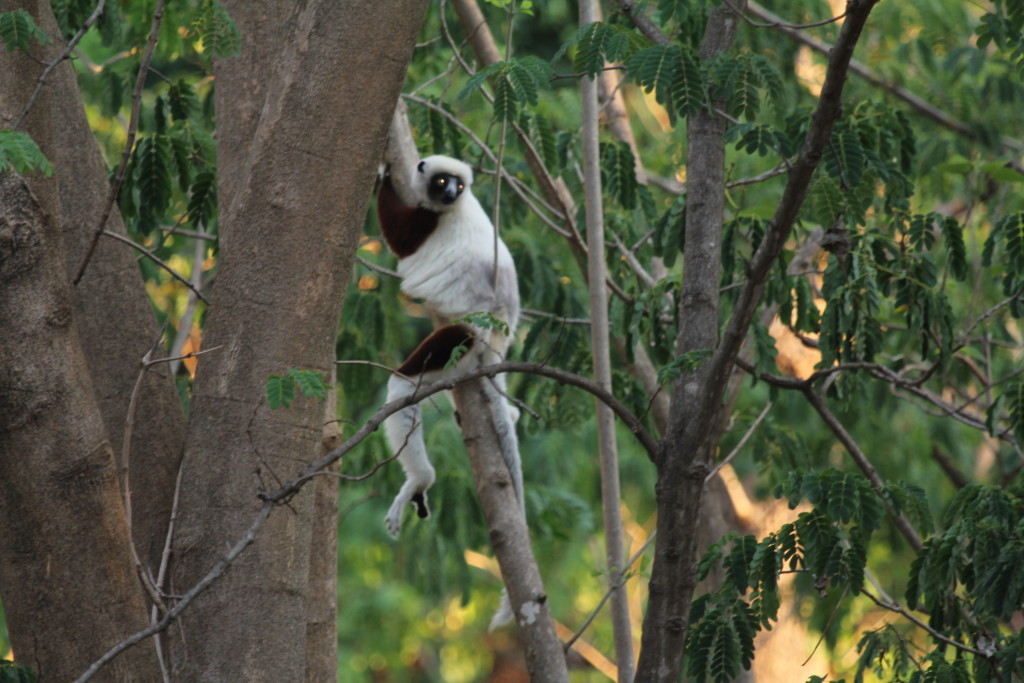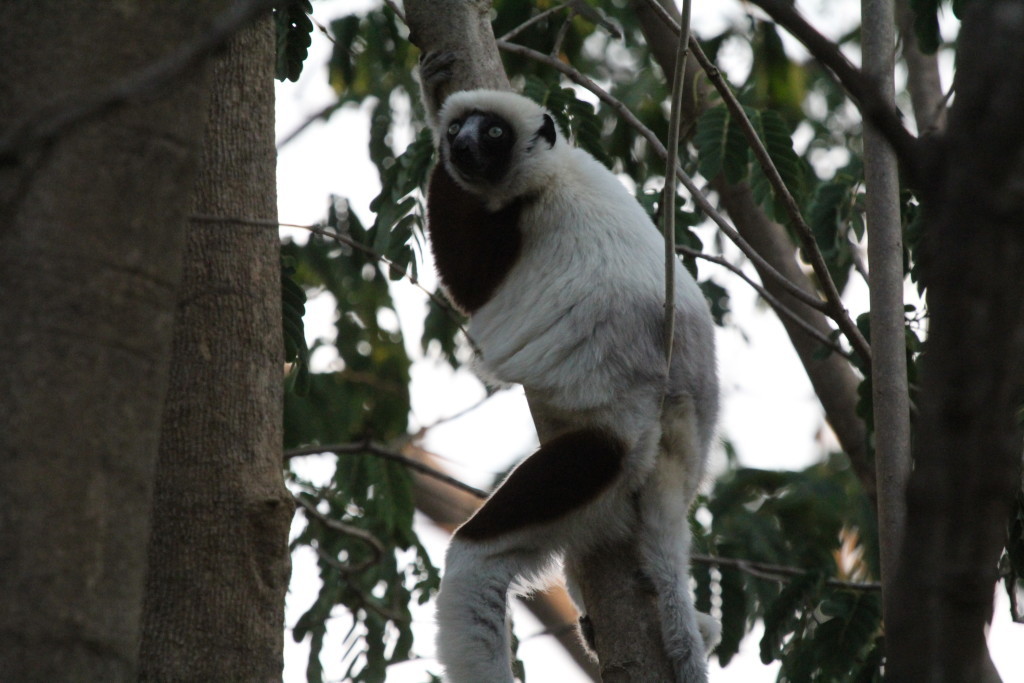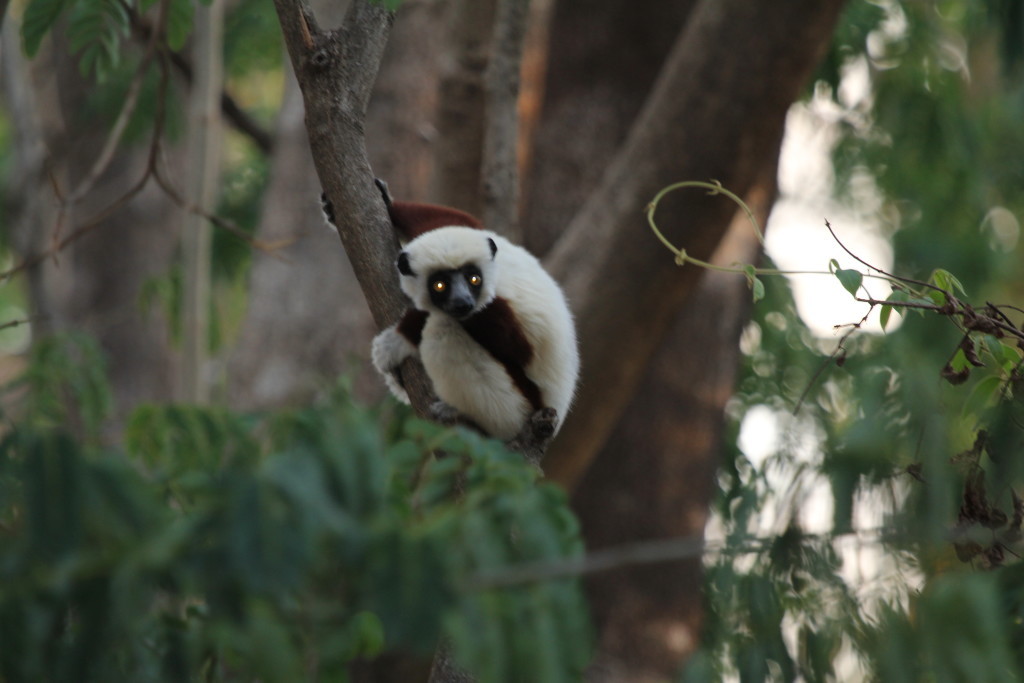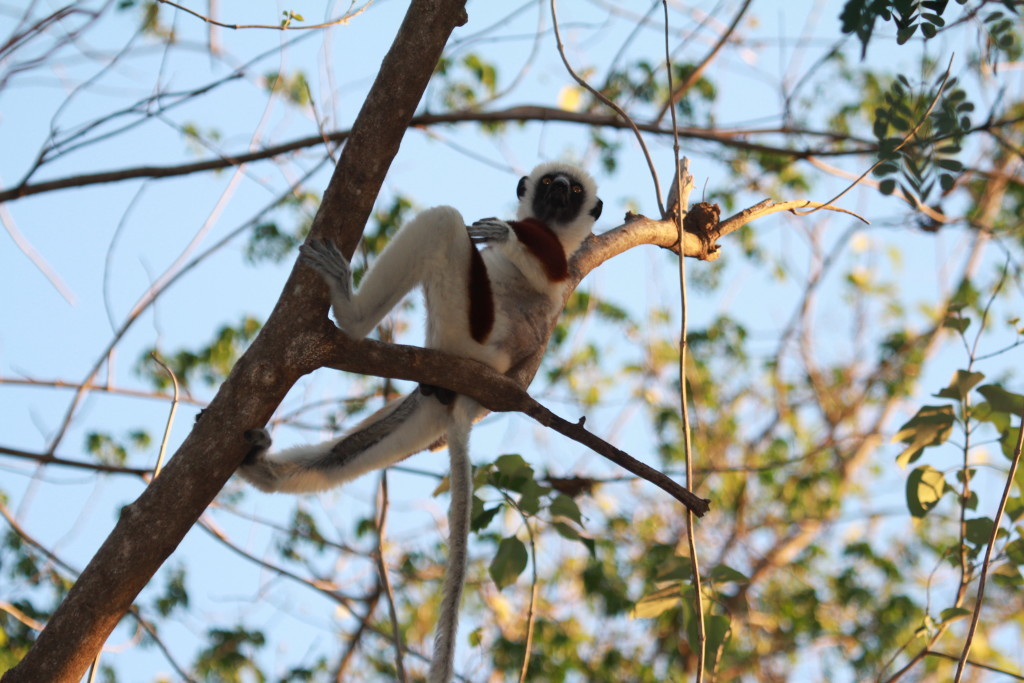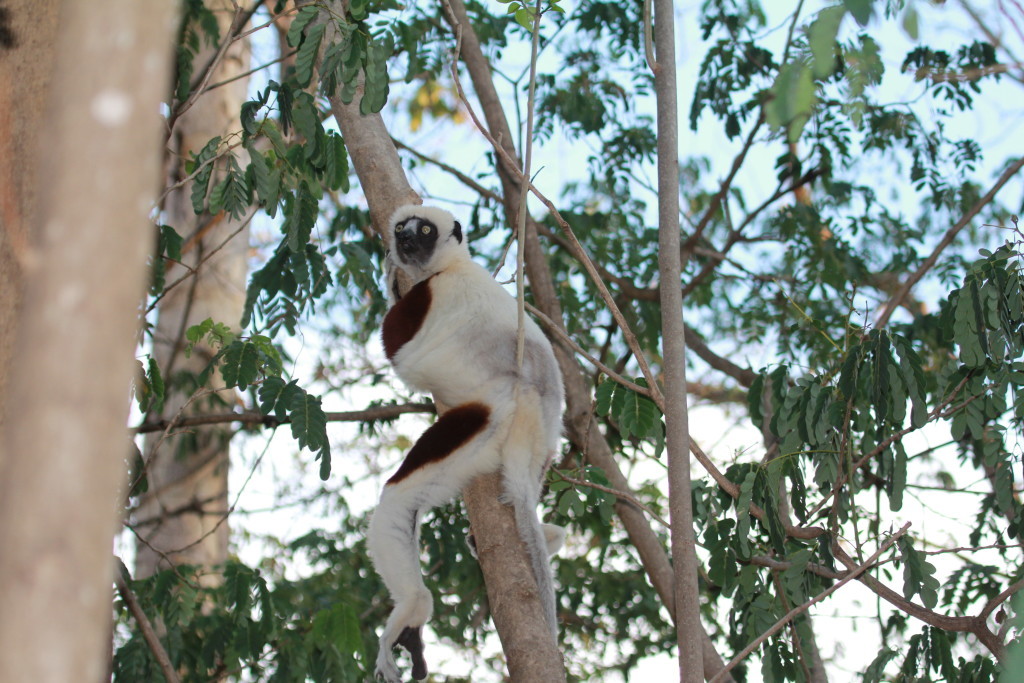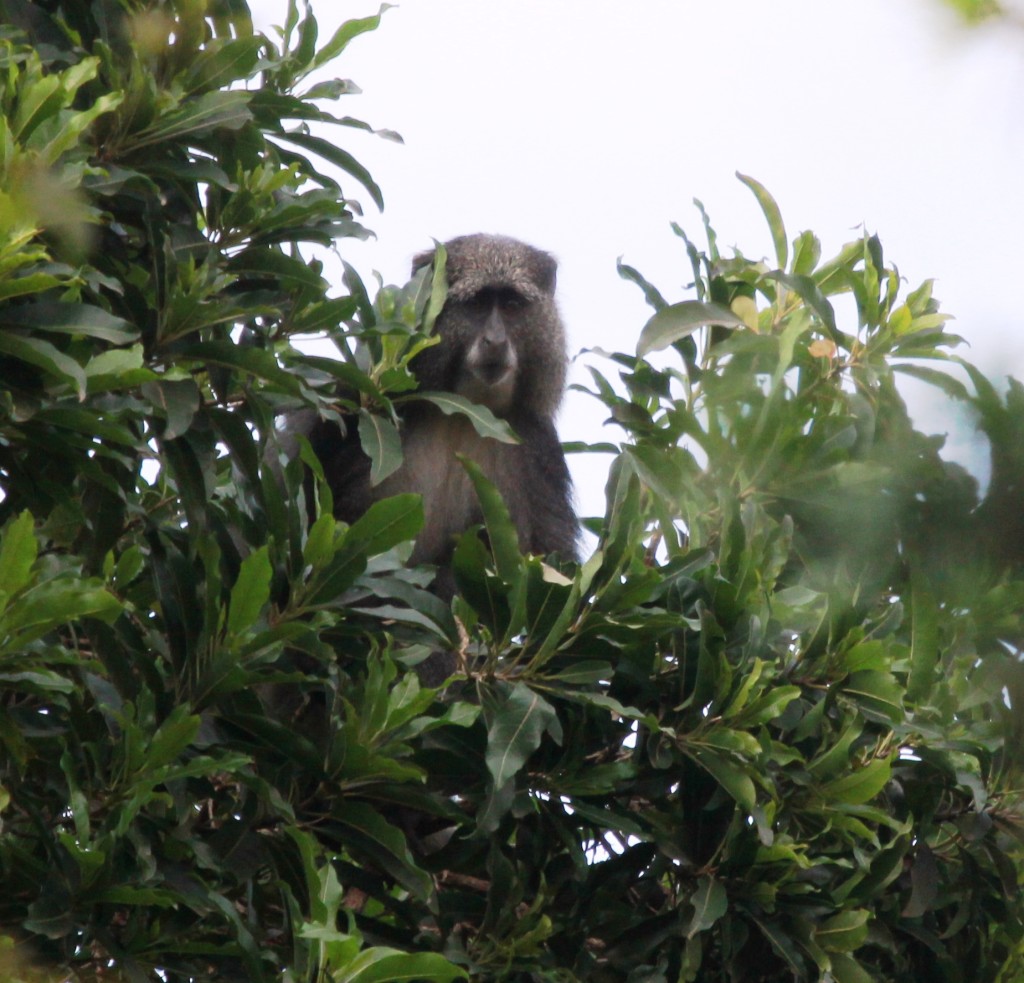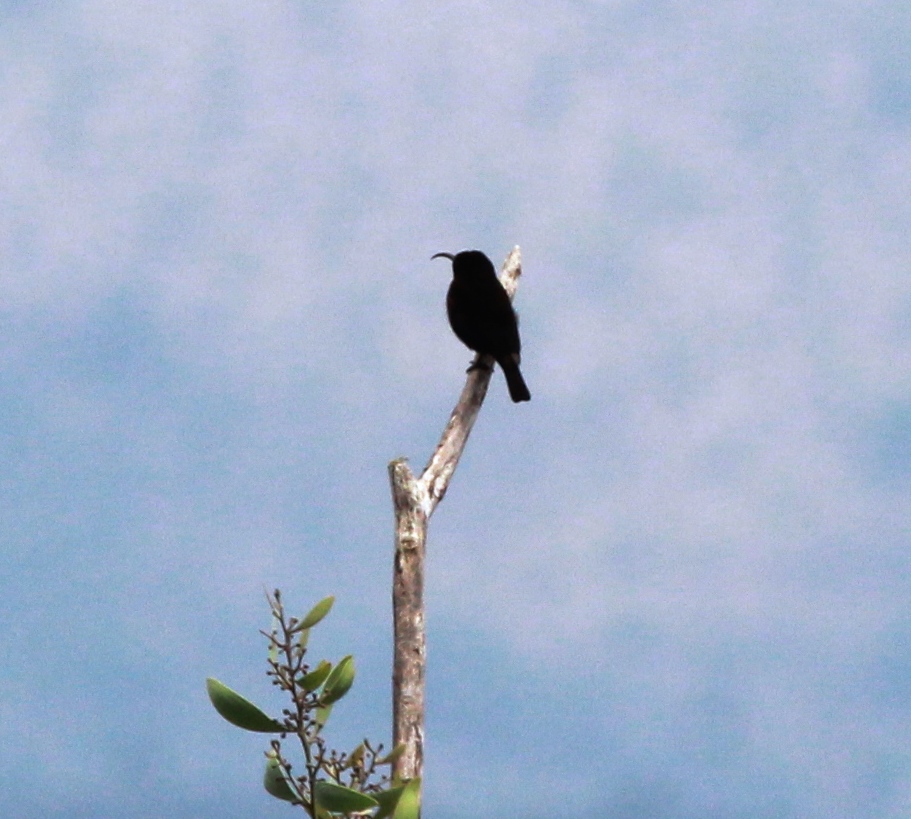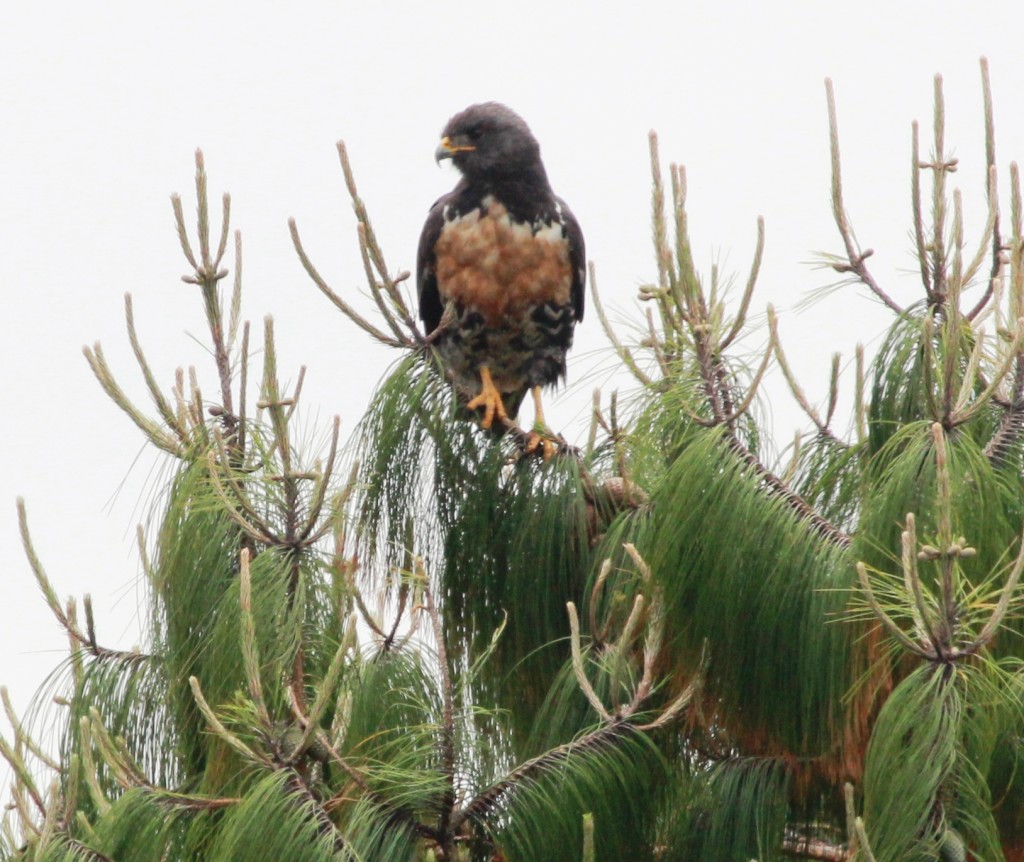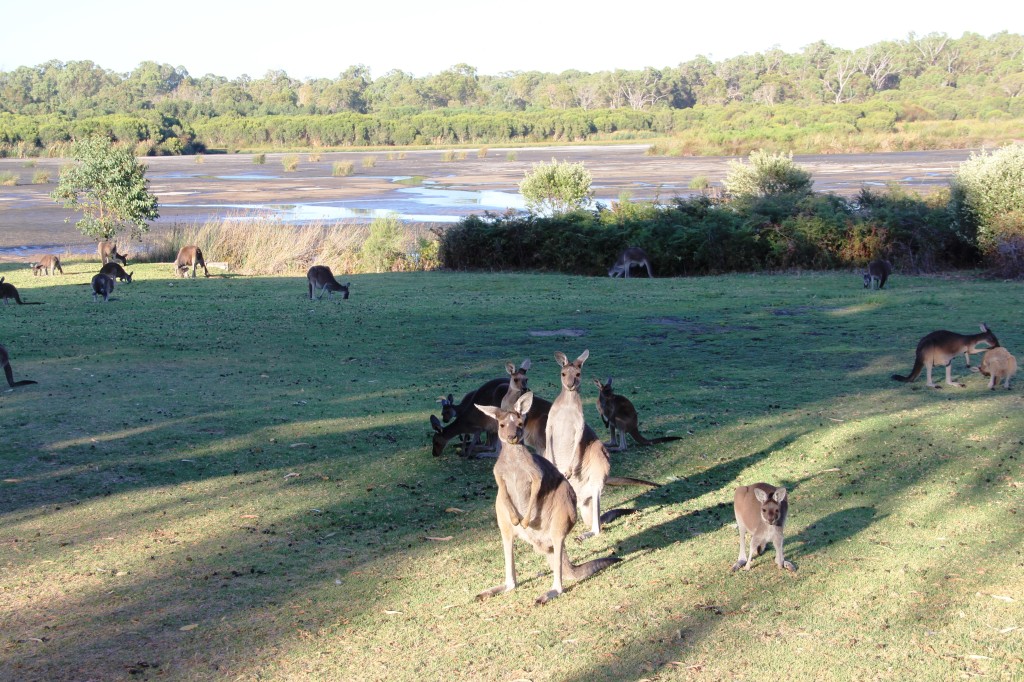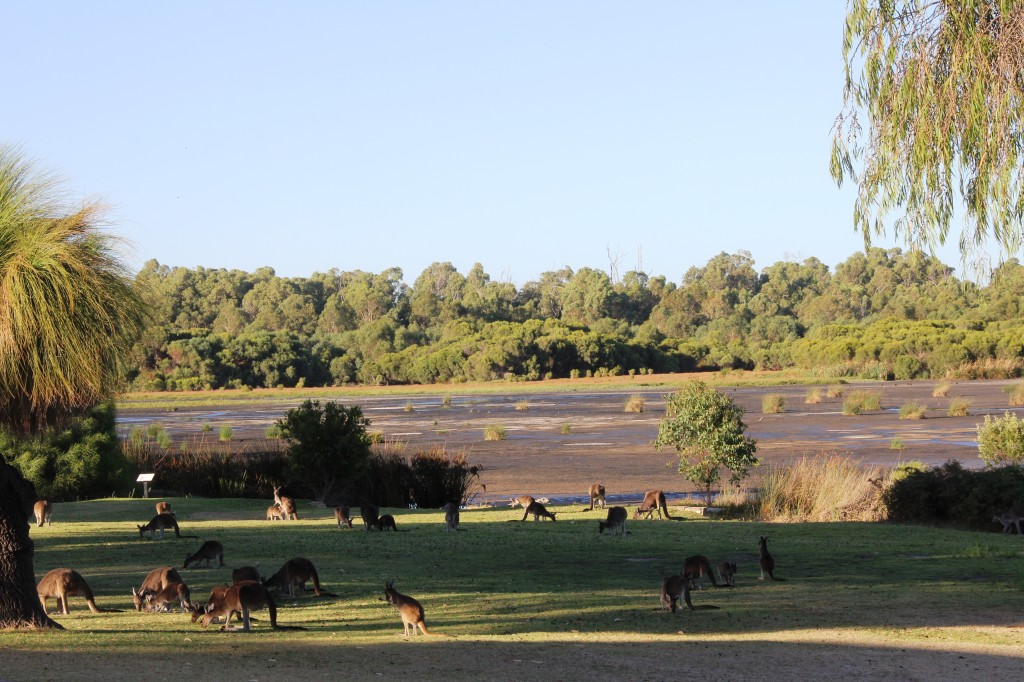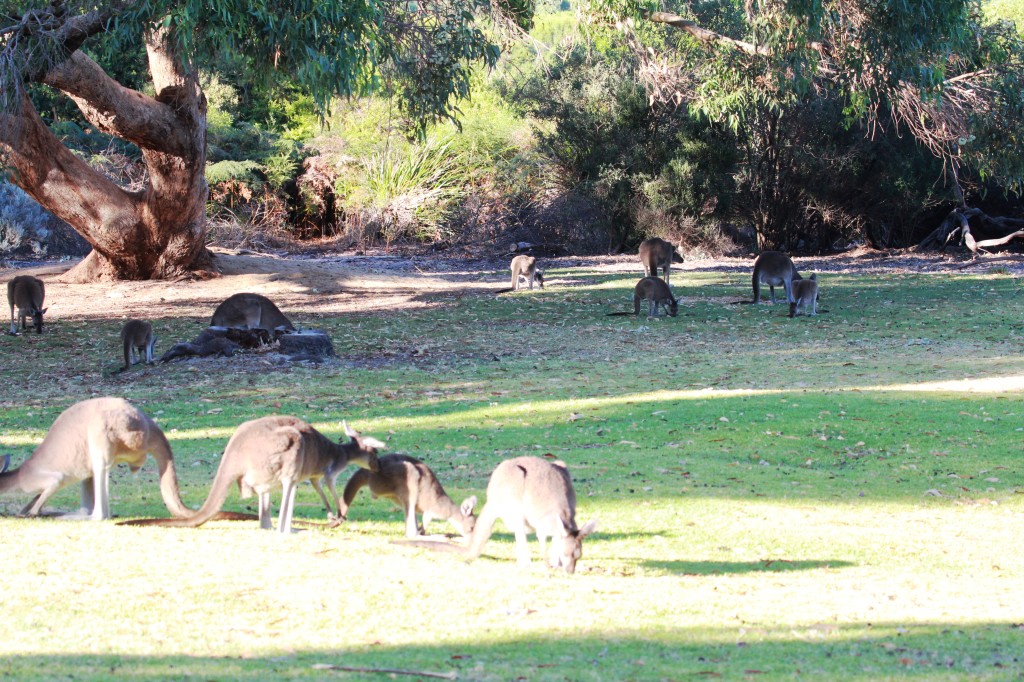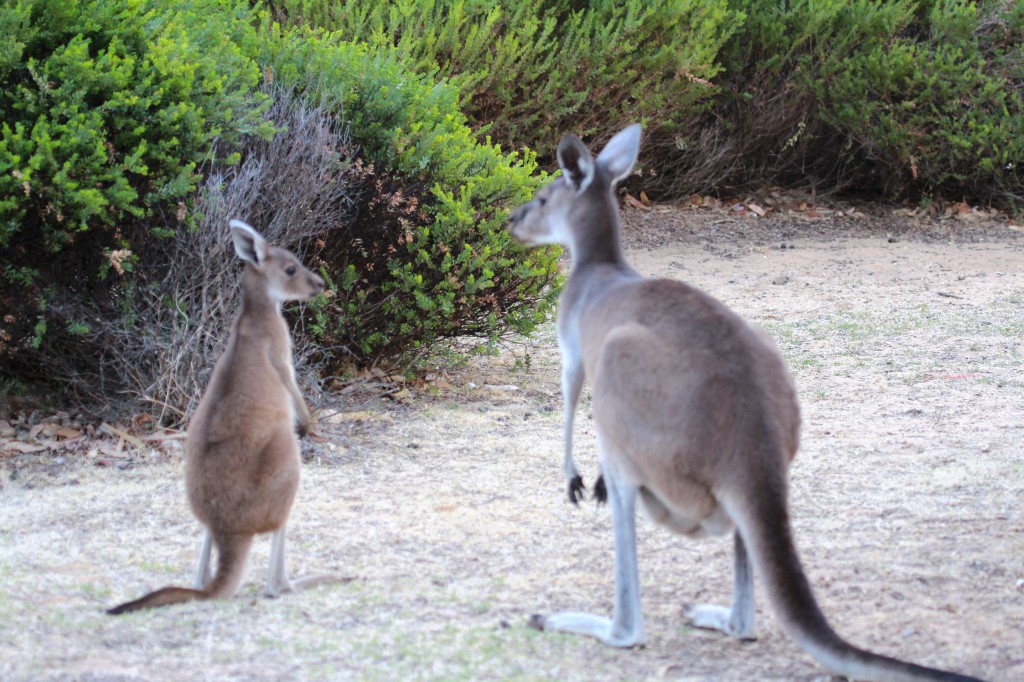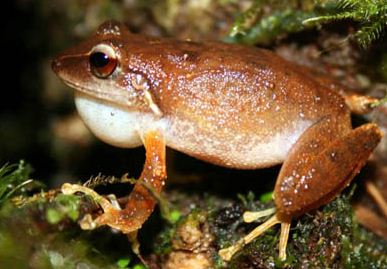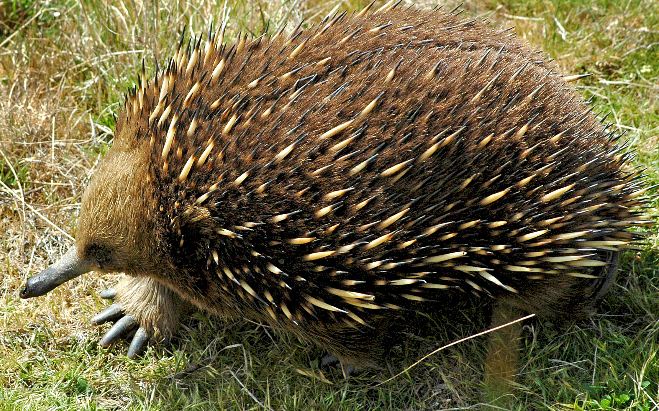If you are on your way to Aitutaki to see the Tahitian Blue Lorikeet or Atiu to see the Rimatara Lorikeet, you will be passing through Rarotonga and have a chance to see one of the few native mammals in the Cook Islands, the Pacific Flying Fox.
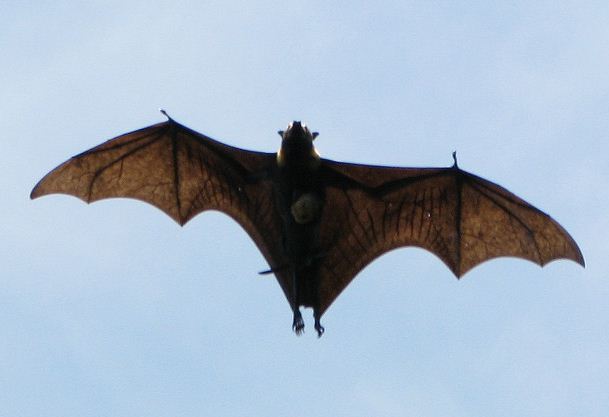
This species is the most widespread of the Pacific fruit bats. It ranges from Karkar and Koil islands of Papua New Guinea, southeastwards into the Solomon Islands (Malaita, Makira, Rennell, and Santa Cruz islands), and from here ranges to Vanuatu, New Caledonia (New Caledonia Island and Ouvéa Island), Fiji (widespread), Wallis and Futuna (few old records), Tonga, Samoa, American Samoa, Niué, and the Cook Islands (Mangaia and Rarotonga) (Mickleburgh et al. 1992; Flannery 1995; Bonaccorso 1998). It is possible that this species has been introduced to some islands by humans (Flannery 1995).
Pteropus tonganus is an important as pollinator and seed disperser in Pacific island ecosystems. Without them, it would be difficult to maintain community diversity, because of the disturbances by storms. These animals are needed to affect the regeneration of dominant forest trees. They are also necessary to maintain genetic flow between islands. The loss of flying foxes may affect plants that have coevolved with them. About 30 per cent of plant species on Samoa are totally dependent on flying foxes for pollination or seed dispersal. This is remarkably high compared with forests in continental areas. Flying foxes like P. tonganus are keystone pollinators and seed dispersers, and disruptions of their populations would result in chain reaction of other extinctions–of plants and other animals that are dependent upon them.
For more information, please visit this site and this site.

